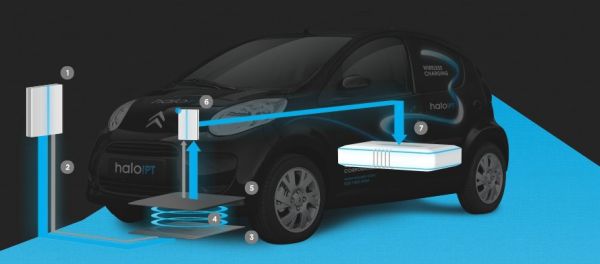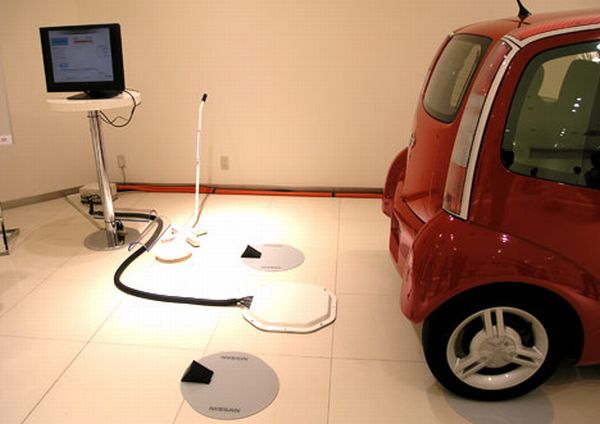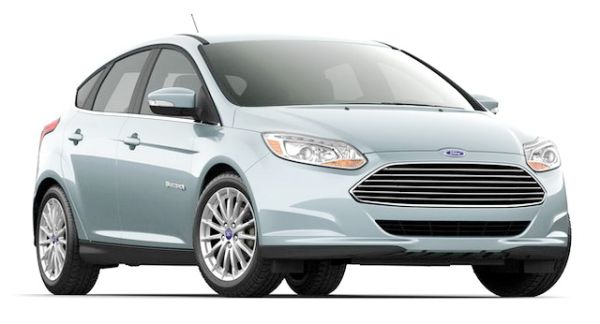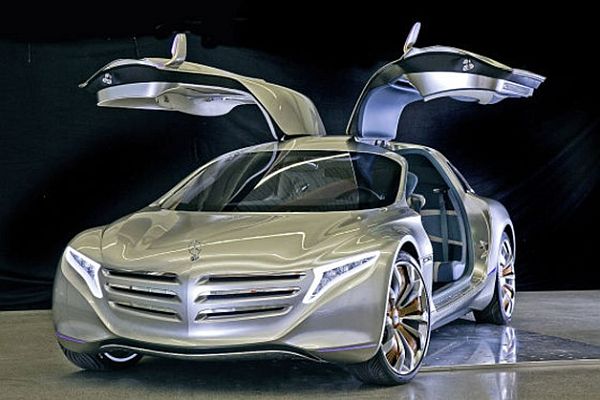
Since electric cars are fueled by electricity, they need to get regular charging to be used. Now more development has been done in this field and electric cars can be charged via wireless charging method. The technique of wireless charging seems easy and convenient. There are two pads built for wireless charging of a car, one on the ground and the other fitted in the bottom of the car. Once the car is parked above the pad built on the ground, power is transferred to the car through electromagnetic induction. Though, like every invention and innovation, wireless electric vehicle charging too has its upsides and downsides. Let’s have a peek at them here.
The good

One of the greatest benefits that wireless charging provides to electric vehicle owners is saving precious time. You do not have to waste time in waiting all the while your electric car is refueled with power. Whether you use this technology in your own garage or in some charging station, you can simply park the car and carry on with your work.
You also do not have to park your vehicle at any particular spot or in a particular way or angle. Wireless charging is quite tolerant of misalignment of vehicles. Also, through this technique power can be transferred across a good distance. Hence, you need not park the car just above the pad built on the floor.
Moreover, wireless charging also eliminates the need of bulky cables. Hence, you are saved from the trouble of unpacking, plugging in and re-packing them.
Can this be better?
Instead of parking up the car for a time period to charge it, wouldn’t it be better if you could charge your electric vehicle while being on the road, driving to your destination? The Korean Advanced Institute of Science and Technology in South Korea has developed a technology that allows an electric car to get charged through the charging pad or device installed under the road. Volvo too has come up with a similar technique that uses charging plates placed beneath the roads to charge electric vehicles on the move.
WiTricity along with Toyota have come up with charging stations that would use resonators to charge electric vehicles without wires. Resonators use a magnetic field that helps to receive and transfer power to the vehicles without any direct contact with the vehicles.
The bad

The process used in wireless charging of electric car leads to a good deal of energy wastage. Since there is a distance or gap between the two pads or coils that receive and transfer power through electromagnetic induction, lot of energy is lost in between this transfer. This causes wireless charging to be more time consuming and less efficient along with bringing in the trouble of increased resistive heating.
In the current scenario, the availability of less or no charging stations in different areas makes wireless charging of electric vehicles a good but not highly utilizable idea.
Along with all these, the higher cost of wireless charging is something that needs a mention here. We can not ignore the fact that wired charging is far less costly than wireless charging in the current situation.
Can this be avoided?
New technologies have involved advanced measures that have already worked quite a bit to resolve the problems of energy wastage and slow charging. The new innovations in the field of wireless electric vehicle charging make it possible to charge the cars in almost the same time that electric cars take to be charged through wired means. Also, more compact charging methods assure less wastage of energy while transferring or receiving power.
With more and more use of wireless charging methods for electric cars in near future, we can expect the cost of wireless charging go down as well as more charging stations built or mobile charging technology implemented so that wireless charging is made more convenient and accessible.Volvo, for instance, has started a project called Continuous Electric Drive (CED) as per which the company is developing charging stations to charge electric vehicles.
The ugly

Wireless charging taking over wired charging is still a vision of the future and will take sufficient amount of time to materialize. Apart from that, people are finding charging stations costly enough. So road chargers, that are truly expensive, is a far off story for now.
The true challenge of wireless charging, however, is the distance factor. There are limitations in all the probable technologies (that are in use or are to be launched in the near future) as to the range of the charging stations. The maximum distance the car can be parked away from the charging station is very less and only a few centimeters.
Why are we so critical?
Wireless charging of electric vehicles needs to sort out the flaws to be a usable concept that is well-accepted by people. Firstly, the cost part of electric charging needs to be sorted out so that wireless charging is affordable. The range of the charging stations is a real concern and without that being improved wireless charging doesn’t seem viable at all.
The Bottomline
Wireless electric car charging has a long way to go. There are so many minor problems that need to be given attention to so as to make this concept a real usable one. But with the fast improvements, innovations and advancement in the technology, wireless electric car charging seems to be the future of vehicle charging.




